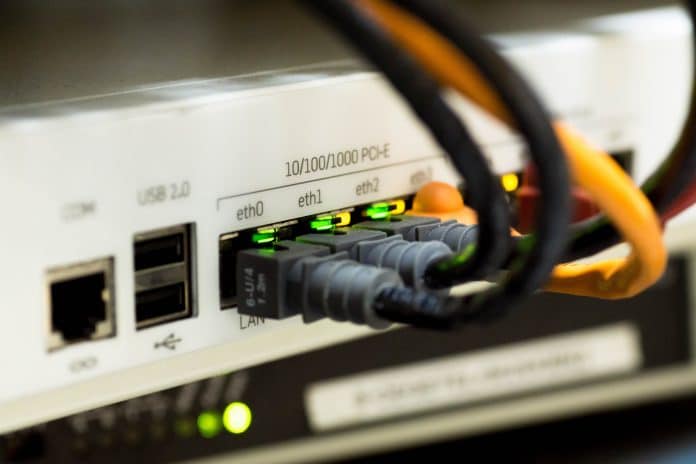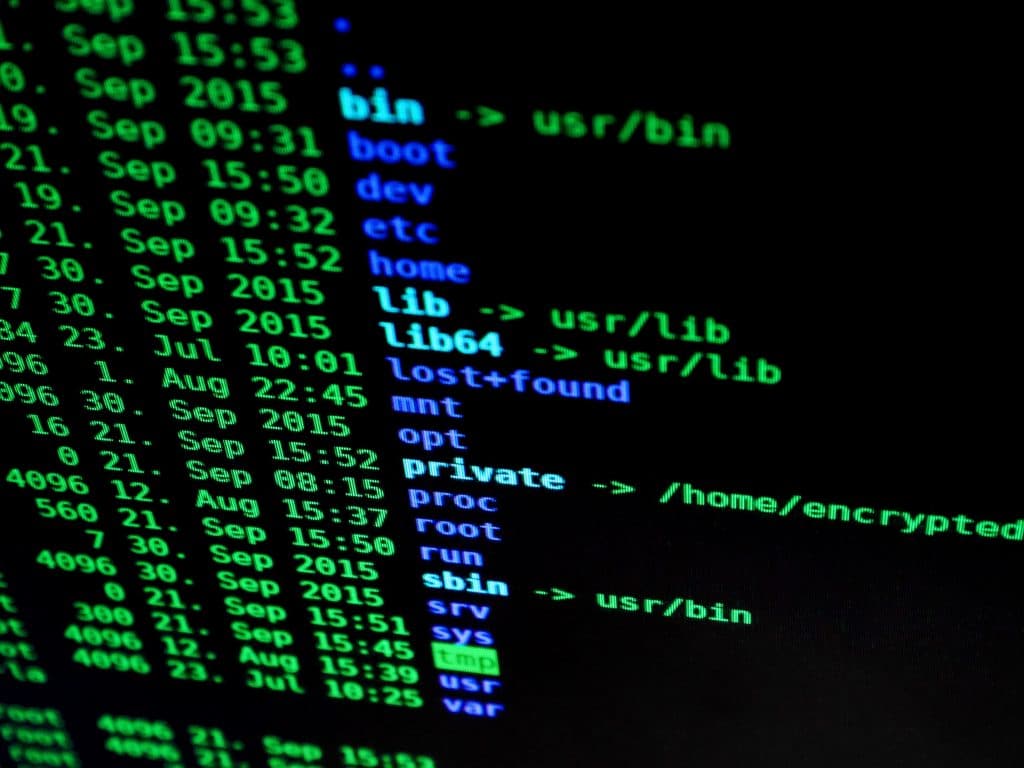User dependency on network connectivity and systems has increased significantly in the past few years.
Modern technology, applications, and hosting services are transforming the network and programming infrastructures. It allows users to perform different tasks with more precision yet in less time. Additionally, the high-performance of equipment and system gives a push to network connectivity demand.
Despite that, interrupted connectivity remains one of the biggest hurdles for many. The reason behind this problem is said to be numerous hosting issues of network infrastructure. It often affects the performance of a program, spoiling the mood and experience of the end-user.
In order to avoid such scenarios, it is important that users learn about network hosting issues and troubleshoot them. Having said that, below are the recurring issues and their possible solutions.
Issue 1: Duplicate And Static IP Address
Generally, no two systems can share the same IP (Internet Protocol) Address. An attempt to do so results in “Address Already in Use” errors- inability to get network access. This often happens when users introduce new devices to the network.
What To Do?
To resolve this issue, it is recommended to disable the DHCP (Dynamic Host Configuration Protocol) server on the new device. To put it simply, every router has its own DHCP configuration. If DHCP tries to allot a new device an existing address (static IPs), the network gets interrupted. Thus, disabling this server helps in restoring the connectivity of the initially connected device.
Another step that user’s can take to avoid IP conflict in the future is to upgrade the router’s configuration and begin assigning DHCP addresses from the top end of the subnet. It ensures that the lower addresses are available for other devices requiring static IPs.
Issue 2: IP Address Exhaustion
Although IPv4 (Internet Protocol Version 4) provides 4.3 billion addresses, each service provider is given a limited number of addresses based on the anticipated number. The growing use of smartphones and other devices and the internet is likely to cause address depletion. If a user’s system has an IP address starting with 169. x.x.x means that there is currently no address available from the DHCP server.
What To Do?
Understanding network hosting and its management might turn out to be daunting, especially in the absence of appropriate IT infrastructure and knowledge. Therefore, seeking assistance from it managed service providers is advised. They can help audit the network infrastructure, directory management for server access, and day-to-day troubleshooting. They can also help remotely manage the infrastructure for easy access to the internet and smooth performance.
Apart from this, users can invest in standalone routers or WiFi access points. It will help create a local pool of internal addresses, eliminating the risk issue of address exhaustion.
Issue 3: Unable To Connect To The Internet
Suppose only a single workstation shows a “No internet” message on opening the web browser. In that case, the connectivity of other systems with the network is assumed to be seamless and healthy. It is one of the common issues that the majority of the users face, affecting their experience severely.
What To Do?
To troubleshoot this issue, users need to eliminate the evidence of communication barriers, namely poor WiFi connection, bad cable, incorrect drivers, or failing network card. Also, make sure that the network adapter is connected with the subnet, DNS servers, and correct IP.
If the issue still exists, check the firewall software on the system to ensure the availability of ports for the external network. (The most common ports include 443 and 88 for web traffic and 25, 110, 465, 587, and 995 for email.)
Issue 4: DNS Configuration Issues
Issues, namely “IP Address Could Not Be Found,” “The Network Path Cannot Be Found,” or “DNS Name Does Not Exist,” are known as DNS configuration issues. In order to check the DNS settings, users can use the command nslookup. Once the problem is confirmed, they can use the following measure to troubleshoot the error.
What To Do?
The network device might use its own DNS server instead of the server allotted by DHCP. Check the “IPv4” (TCP/IP) to find an incorrect DNS server and select “Obtain DNS server address automatically.” Users can also consider changing their network’s DHCP setting for the same purpose. It will come in handy in case of a busy network.
To Sum It All Up
These are some of the common network hosting issues that are likely to disrupt the end user’s experience. So, learn about the measures to fix the issues and enjoy an uninterrupted network. In addition to this, users can also connect with managed service providers and reap the benefits of their service.








